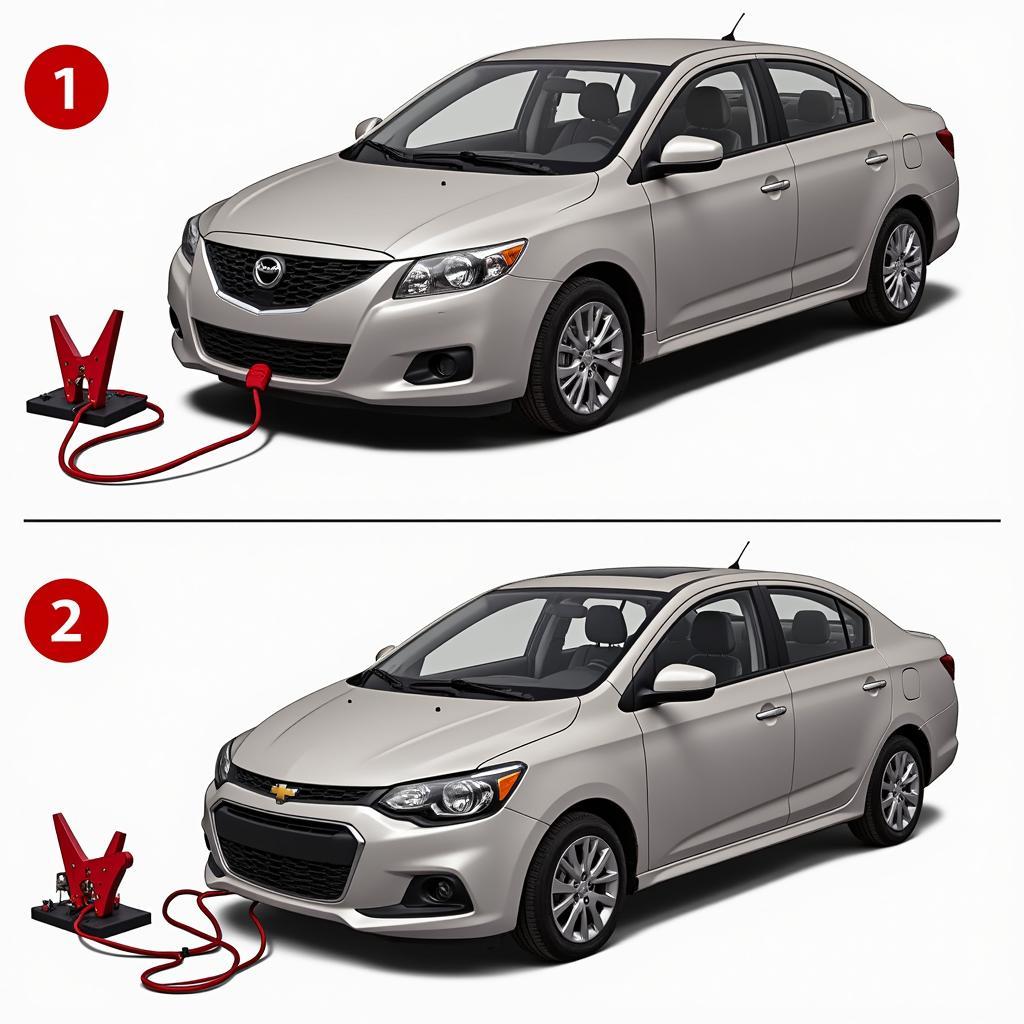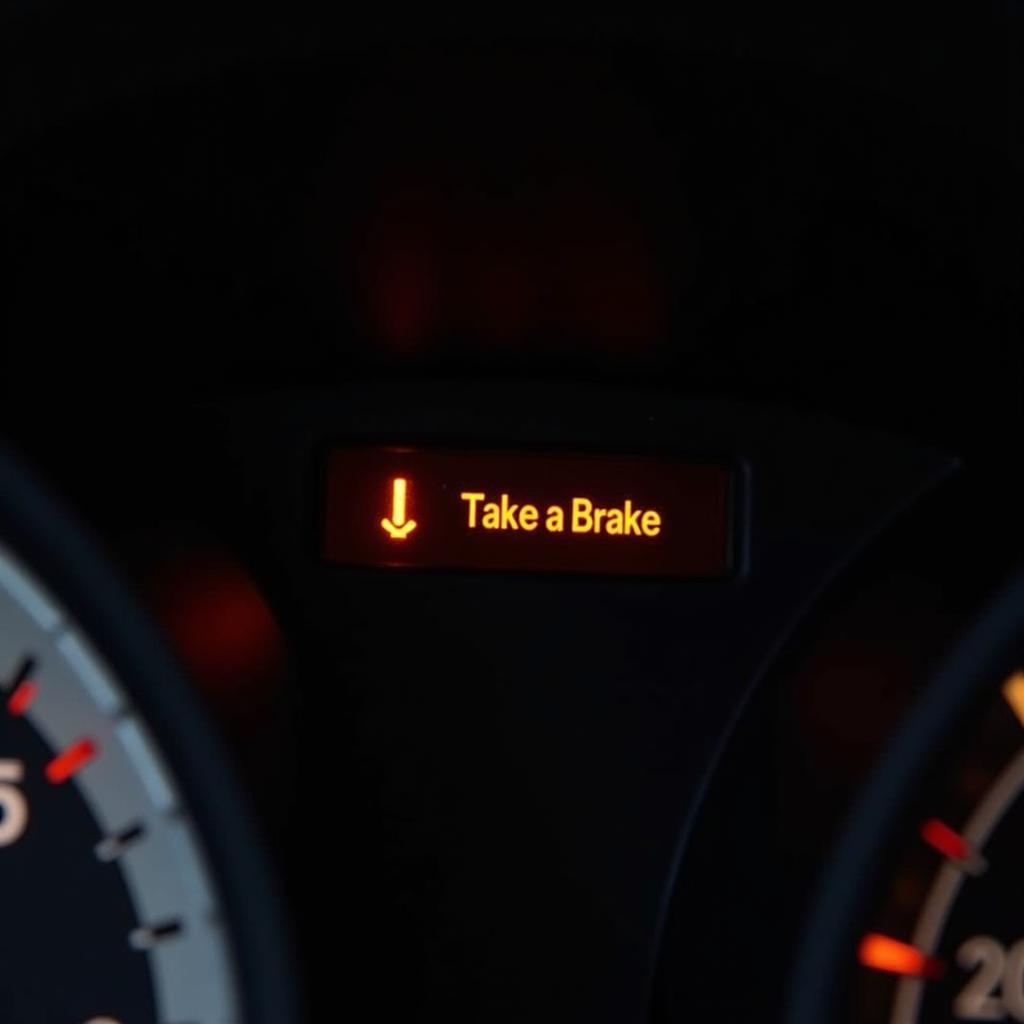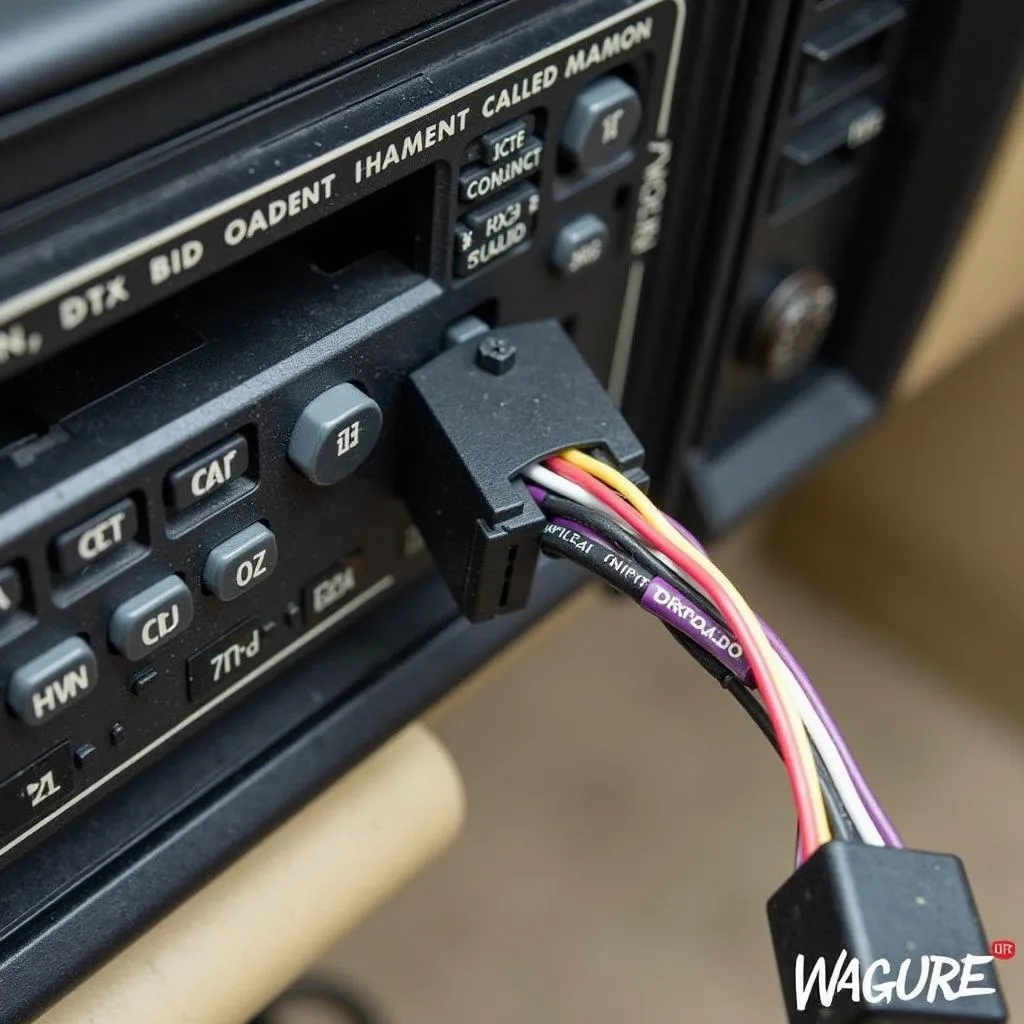My battery ran out. These four words are a common cry of drivers everywhere, signifying a frustrating and potentially inconvenient situation. Whether you’re stranded on the side of the road or simply delayed leaving your driveway, a dead battery can throw a wrench in your day. This article will delve into the reasons why your car battery might die, provide troubleshooting steps, and offer solutions to get you back on the road quickly and safely.
Why Does My Car Battery Die?
There are numerous reasons why your car battery might give up the ghost. Understanding the cause is the first step towards finding a solution. Some common culprits include:
- Leaving lights on: This classic mistake can drain your battery overnight. Interior lights, headlights, or even trunk lights left on can quickly deplete your battery’s charge.
- Extreme temperatures: Both extreme heat and extreme cold can negatively affect a car battery’s lifespan and performance.
- Old age: Batteries have a limited lifespan, typically around 3-5 years. As a battery ages, its ability to hold a charge diminishes.
- Parasitic drain: This occurs when a component in your car continues to draw power even when the ignition is off, slowly draining the battery over time.
- Short trips: Short trips don’t give the alternator enough time to fully recharge the battery after starting the car, leading to a gradual decline in charge.
- Corroded terminals: Corrosion on the battery terminals can prevent the battery from properly connecting to the car’s electrical system.
 Car Battery Corrosion Problems
Car Battery Corrosion Problems
Troubleshooting a Dead Battery
If your battery ran out, there are a few steps you can take to diagnose the problem:
- Check the lights: If the interior lights are dim or don’t work at all, it’s a strong indication of a dead battery.
- Try to start the car: If the engine cranks slowly or not at all, it’s likely the battery.
- Inspect the battery terminals: Look for corrosion on the terminals. White, powdery buildup is a sign of corrosion.
- Test the battery voltage: Using a multimeter, check the battery voltage. A fully charged battery should read around 12.6 volts.
If you suspect your brake system is causing a drain, you may need to check your brake system warning light. For example, here’s a resource on how to check brake system warning on dash 2008 mercury mariner.
Solutions for a Dead Battery
If my battery ran out, what are my options? Here are a few solutions:
- Jump-starting: This is a common and effective way to get your car started if the battery is dead. You’ll need jumper cables and another vehicle with a working battery.
- Battery charging: If you have a battery charger, you can connect it to your dead battery and allow it to charge fully.
- Battery replacement: If your battery is old or damaged, it may need to be replaced. You can purchase a new battery and install it yourself or have it done by a mechanic.
 Jumpstarting a Car with Dead Battery
Jumpstarting a Car with Dead Battery
It’s also important to understand other warning light symbols. For example, if your brake warning light symbol is illuminated, it might indicate a separate issue.
How can I prevent my car battery from dying?
- Turn off lights: Always double-check that all lights are off before exiting your vehicle.
- Limit short trips: If possible, combine short trips into longer ones to give the alternator enough time to recharge the battery.
- Clean battery terminals: Periodically clean the battery terminals with a wire brush and baking soda solution to prevent corrosion.
- Regularly test your battery: Have your battery tested at least once a year to ensure it’s in good condition.
“Regular battery maintenance is often overlooked, but it’s crucial for preventing unexpected breakdowns,” says John Smith, Automotive Electrical Engineer at Acme Auto Solutions. “A simple check of the terminals and voltage can save you a lot of hassle in the long run.”
Conclusion
A dead car battery can be a frustrating experience, but by understanding the causes, troubleshooting steps, and available solutions, you can be prepared to handle this common car problem. Remember to prioritize regular battery maintenance to prevent future issues and keep your car running smoothly. My battery ran out is a phrase you can avoid! Regular maintenance can extend the life of your battery and save you money. For additional information on brake related warnings, consider checking resources like the ones for dodge stratus brake pad warning signs.
FAQ
- How long does a car battery typically last? Around 3-5 years.
- Can I jump-start my car with any type of jumper cables? Use appropriate gauge cables for your vehicle.
- Is it safe to drive with a corroded battery terminal? No, corrosion can cause starting problems and other electrical issues.
- How long does it take to charge a dead car battery? Depends on the charger and the battery, but typically several hours.
- What is a parasitic drain? When a component draws power even when the car is off.
- How do I know if my alternator is bad? Dimming lights, flickering dashboard, or difficulty starting are potential signs.
- Can extreme temperatures damage my car battery? Yes, both extreme heat and cold can affect battery performance and lifespan. If you have concerns about your brake warning light, especially for certain models, referencing specific resources like those addressing an audi a4 flashing brake warning light can be beneficial, or the ones covering an 05 international 4200 brake pressure warning switch.



